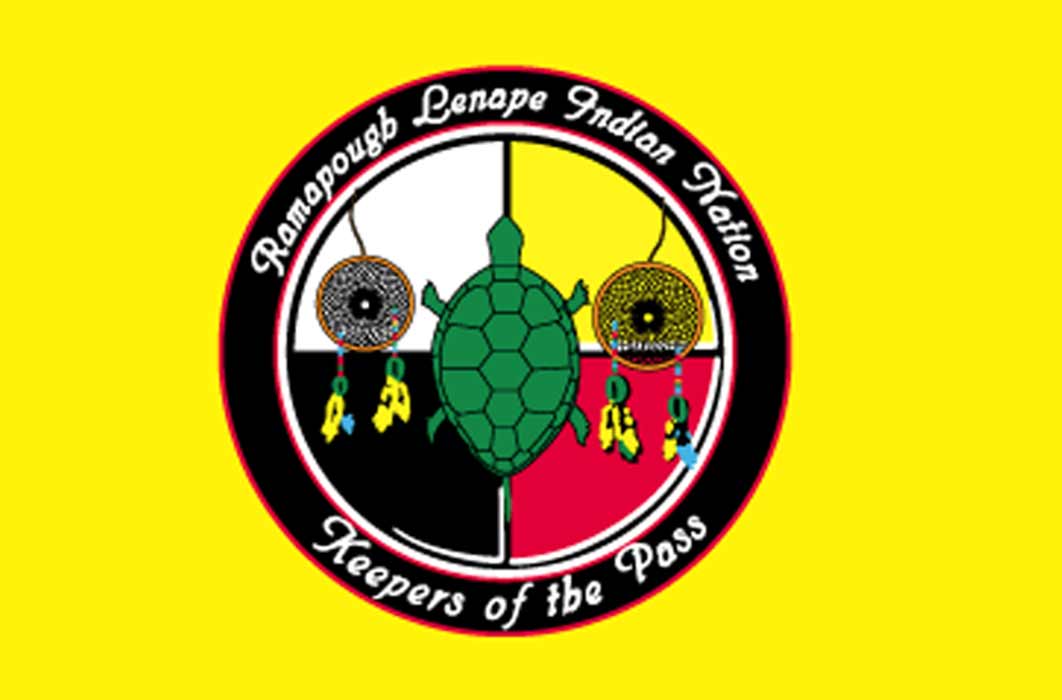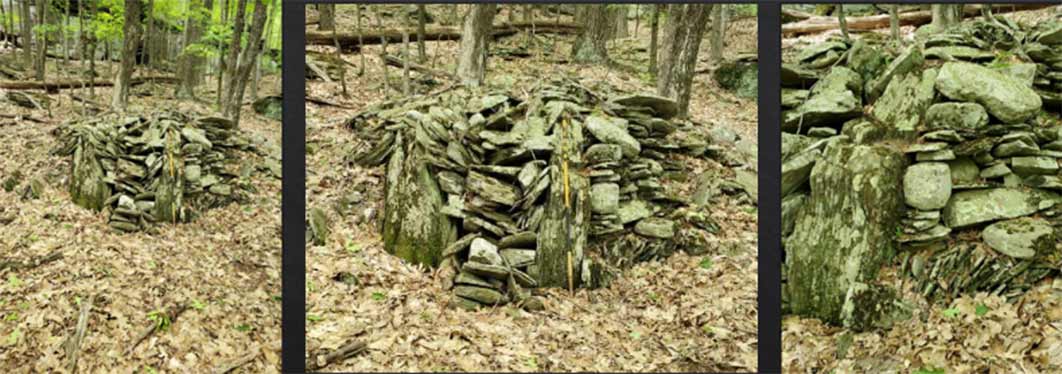
Modern Science Steps In To Revive Ancient Ceremonial Stone Landscapes
On the winter solstice of December 20, 2019, Chief Vincent Mann of the Ramapough Lunaape Munsee Nation Turtle Clan, accompanied by some members of the Turtle Clan, ‘keepers of the pass’, and members of the Overlook Mountain Center, trudged through the deep snow, across a frozen landscape in search of a stone altar, to witness a sunrise ceremony to mark and honor the lengthening of the days, the coming of the light.
Author Glenn Kreisberg recorded the event: “We arrived at the stone altar, a large split rock with smaller stones filling the void between, created by the split. It is seen in the spiritual context of the Native Americans, as an exit or passageway from the underworld, where the otherworldly reside. The altar serves as a conduit to communicate with the spirit world. It is why we came to this spot on this cold, first day of winter, to witness and participate in the Lenape solstice sunrise ceremony”.
At the Lewis Hollow site, on Overlook Mountain in Woodstock, New York State, the stone altar sits at the center of a Ceremonial Stone Landscape (CSL), which stretches for several acres in all directions. The Ceremonial Stone Landscape consists of man-made stone features, purposefully constructed to reflect the world view and belief system of those who built them long ago. That the site has been identified and reestablished as a ceremonial space, is a remarkable story to be related.

Stone Altar at the winter solstice sunrise ceremony site on Overlook Mountain in Woodstock, NY. (Image: Courtesy Glenn Kreisberg)
Ceremonial Stone Landscapes
Ceremonial Stone Landscapes is the term used by USET, (United Southern and Eastern Tribes, Inc.) a non-profit, intertribal organization of American Indians, for certain stonework sites in North-eastern America. Elements often found at these sites include dry stone walls, rock piles (sometimes referred to as cairns), stone chambers, unusually-shaped boulders, split boulders with stones inserted in the split, and boulders propped up off the ground with smaller rocks. While neither the age of these sites nor the idea of their creation by indigenous peoples has been accepted generally, interest in the sites is increasing. This interest is generated in part by USET's Resolution #2007:037, entitled Sacred Ceremonial Stone Landscapes Found in the Ancestral Territories of United Southern and Eastern Tribes, Inc. Member Tribes. Sections of the USET resolution describing these sites read as follows:
"…within the ancestral territories of the USET Tribes there exist sacred ceremonial stone landscapes and their stone structures which are of particular cultural value to certain member Tribes;"
"…for thousands of years before the immigration of Europeans, the medicine people of the USET Tribal ancestors used these sacred landscapes to sustain the people's reliance on Mother Earth and the spirit energies of balance and harmony"
"…whether these stone structures are massive or small structures, stacked, stone rows, or effigies, these prayers in stone are often mistaken by archaeologists and State Historic Preservation Officers (SHPOs) as the efforts of farmers clearing stones for agricultural or wall building purposes" The resolution goes on to request that the federal government work to understand and preserve the stone landscapes.




